Flavor and taste characteristics of Brazilian red and yellow bourbon coffee producing area how to brew coffee by hand and drink well
Everyone's taste is different, and the coffee beans they like are different. Some people like the light floral fragrance and delicate and clean fruit tone of Yejia Shefei; some people like the strange smoky taste of Guatemala coffee beans; some people like the small tomato juice feeling of Kenya coffee beans full of mouth; others are keen on the balance of sweet, sour and bitter of Blue Mountain coffee. Although today's single-serve coffees generally pursue fruity aromas, there will always be traditional parties that pursue low acid, full-bodied, nutty flavors. There is no shortage of coffee lovers who don't like sour coffee in the front street stores."I don't want sour coffee. It tastes too strong. It doesn't work like Mantenin." At this point, the baristas on Front Street would recommend Brazilian coffee beans, but how could Front Street, the "collector of coffee producing regions of the world," have only one Brazilian coffee bean?
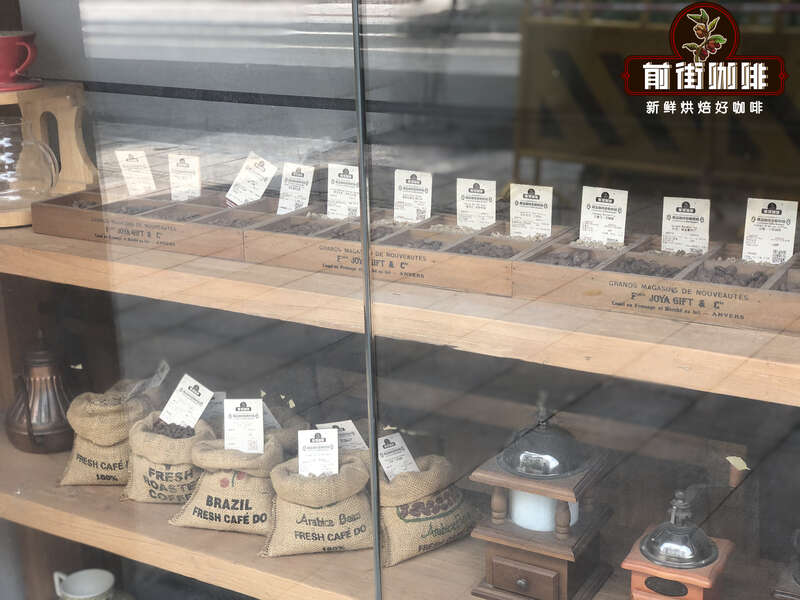
In addition to the yellow bourbon from Queen Manor, Brazilian coffee producing areas can also be seen in the ration beans and ear coffee series, which shows that Brazil, as a coffee-producing country, is indispensable in the classic coffee flavor.
Students who have read books know that Brazil is not the best producing area for coffee cultivation. Although Brazil has better soil conditions and humid climate, the altitude is not high. Just the Achilles heel of Brazilian coffee. It is important to know that such coffee growing conditions cannot be compared with the world's top coffee producing areas. But everything has its positives and negatives, and this natural environment has also become the main reason for the balance of Brazilian coffee flavor.
The well-balanced, nutty flavor of Brazilian coffee after medium and dark roasting is also its greatest advantage: there are no outstanding advantages but there are no obvious defects. Mild and smooth taste, low acidity, moderate alcohol, with a hint of sweetness. All these soft flavors blend together, and distinguishing them one by one is a test of taste buds. This is what many Brazilian coffee fans go crazy about. Ordinary, gentle, can match all coffee beans, even if it is used in espresso coffee, and milk collision will not lose its own characteristics but is a good fusion, so we will find that many types of coffee on the market will now use Brazilian coffee beans to do a blend of coffee.
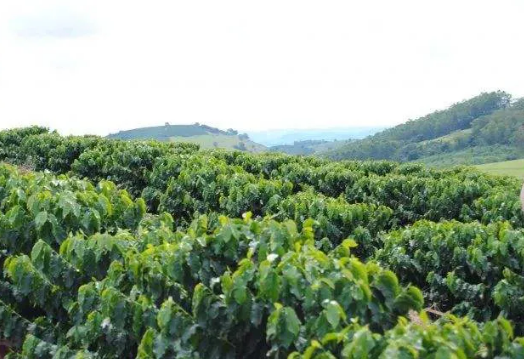
Brazil is currently the world's largest producer of coffee. Brazilian coffee has a long history. It is understood that Brazilian coffee was introduced from Guyane française in 1729. Historical experience has allowed local coffee farmers to improve coffee quality and yield to some extent through intensive cultivation, changing treatment methods, and increasing the technical content of cultivation.
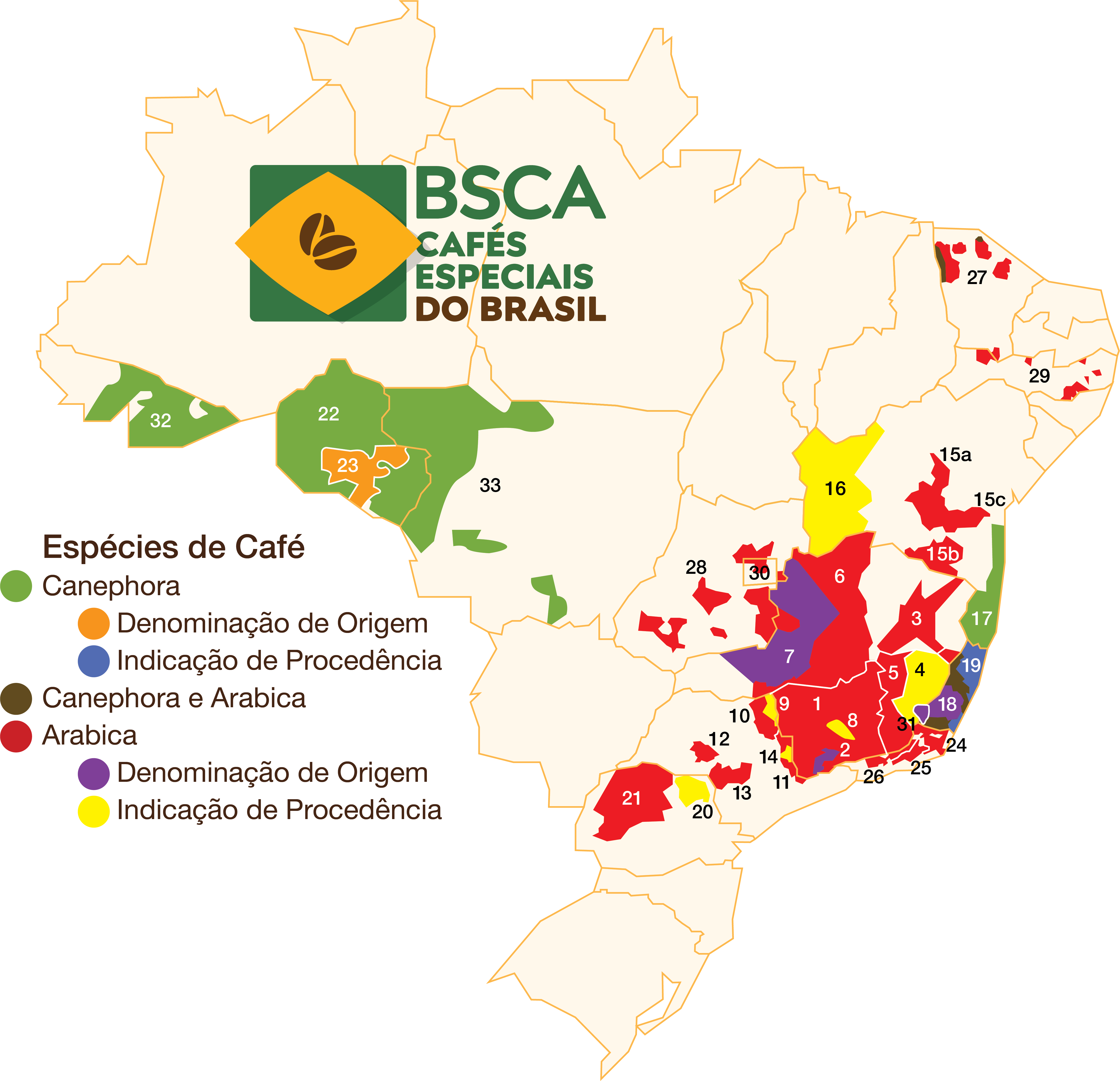
According to the vast territory of Brazilian coffee in the front street, the main coffee producing areas are Minas Gerais, Sao Paulo, Bahia and Espiritu Santo, which account for 90% of the country's exports. Our common Santos and Mogiana Mogiana come from Sao Paulo, Cerrado and South Minas Sul de Minas in Minas Gerais because of their high altitude and prolific production of fine Brazilian coffee beans. Silado is located in the west of Minas Gerais. It is a flat plateau with an altitude of 750m--1200m.
Minas del Sur is a hilly forest area with an altitude of 700m-1200m. It is the earliest production area of Brazilian coffee. Due to the increase of labor costs, most of them are now harvested mechanically. It is also the earliest commercial area of Brazilian coffee. We can see many large exporters here. Bahia, located in the north of Brazil, mainly produces washed Brazil. Santo Espiritu, near the sea, is the main export area of Brazilian Robusta varieties.
For example, the coffee of the former Queen Street Manor, the specific green bean information of this coffee bean is as follows:
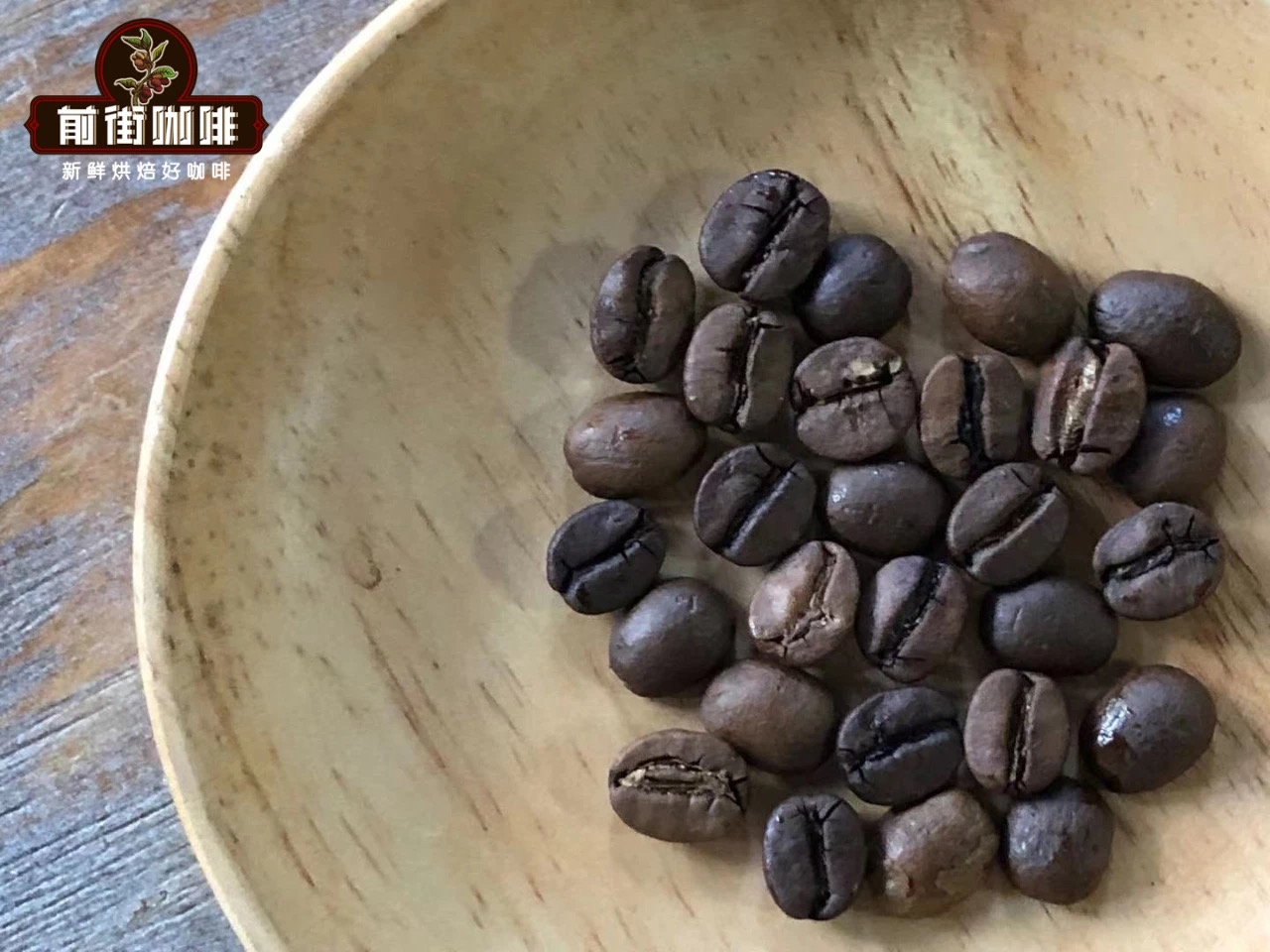
Front Street Coffee Brazilian Queen Estate Coffee Bean Production Area: Morgiana, Sao Paulo State, Brazil Elevation: 1400-1950m Variety: Yellow Bourbon
Treatment method: sun treatment
Front Street felt the texture of the green beans was very solid after receiving this coffee, and the green beans had a slight aroma of orange peel and spices. The moisture content of raw beans is relatively low, which makes the heat absorption capacity of the whole coffee very strong. The roaster on the front street uses 200 degrees to enter the beans, then the small damper on the big fire speeds up the dehydration, and after the dehydration stage, open the stroke door and the medium fire to let the coffee beans have a Maillard reaction. The time is not too fast, close to the roasting scheme of the explosion tail.
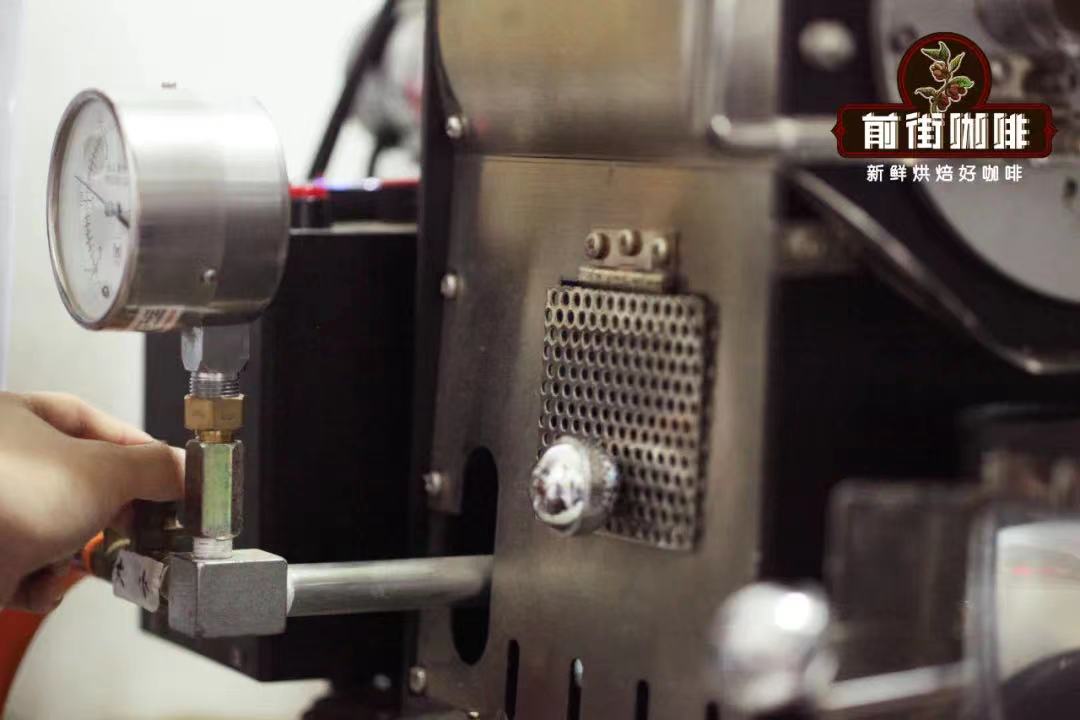
At the same time, Front Street also acquires a large number of cost-effective rations beans from Brazil's Xilado region. Cerrado is actually a savannah that occupies 22% of Brazil's total area and is deep in Brazil's interior. Cerrado's Portugal meaning means "closed place." The Hirado Prairie begins in Mato Grosso, in the southwest of Brazil, passes through the west-central part of Minas, and reaches the west of Bahia in the north. The Xilado coffee producing area referred to by the front street is not the whole Xilado grassland, but only the coffee growing area above 1000 meters above sea level in the central and western part of Minas Province, which can be called Xilado coffee producing area. This area is the essence of Xilada grassland, high altitude, fertile soil, only to grow sweet, mellow and clean quality coffee beans.
What about the brazilado on front street? In one word-yes! The following is the information about the green beans of Front Street Coffee:

Front Street Coffee Brazil·Red Bourbon Coffee Bean Country: Brazil Region: Minas Gerais Region: Hilado Altitude: 1000 m Variety: Red Bourbon Treatment: Half Sun
As mentioned earlier, Brazilian coffee beans are mainly mellow, and in order to highlight this flavor, Qianjie uses medium roasting. However, because the moisture content of raw beans trembled, Qianjie needed to change its baking method. Compared to yellow bourbon, Front Street extends the roasting time of this coffee and the temperature of the beans is relatively lower.
The two coffee beans selected by Front Street are bourbon beans. Why? Bourbon coffee is Brazil's main bean. Bourbon coffee was originally grown on the island of Reunion, which was also known as Le Bourbon until 1789. Bourbon varieties were introduced to Brazil because of the surge in demand for Brazilian coffee during the American Civil War, and Brazil introduced them in search of higher-yielding coffee varieties. Bourbon, a mutant of Typica, is one of the oldest surviving Brazilian coffee varieties, with green fruits that appear bright red when ripe. Red Bourbon After the general coffee tree blossoms, the color change of the coffee fruit is from: green> turn slightly yellow> turn slightly orange> turn mature red> turn ripe dark red, so some people call it "red bourbon species", in fact, red bourbon, that is, we generally call Bourbon species.
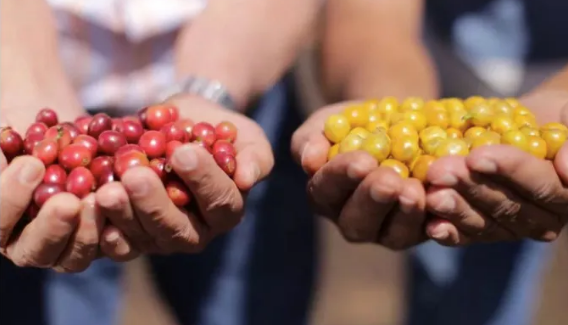
Bourbon species grown at high altitudes usually have a better aroma and a brighter acidity, and even taste like red wine. Bourbon is a coffee tree species belonging to a branch of Arabica species, generally bearing red fruit, called red bourbon, in addition to yellow bourbon, orange bourbon, yellow bourbon relatively low yield, but better quality.
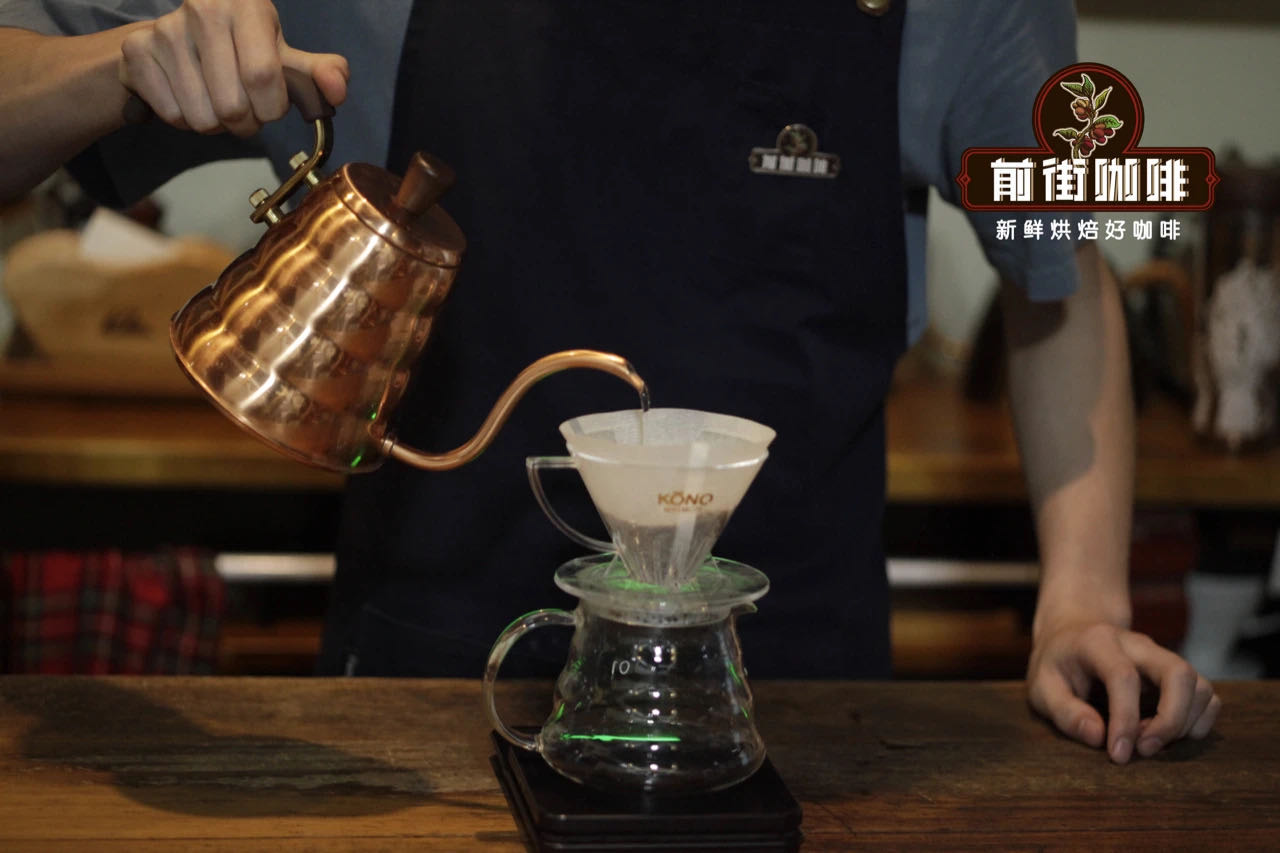
Because the two coffees are more deeply roasted, Qianjie will use KONO filter cups to highlight the mellow feel of this coffee. KONO filter cup is characterized by soaking function, which can be used to extract more coffee substances and enhance mellow taste. Because its ribs are not many and located at the low end, it can make the filter paper close to the filter cup to achieve the effect of limiting the air flow, thus slowing down the water flow speed and increasing the contact time of water powder.
The front street adopts segmented extraction, the amount of stewed water is twice that of coffee powder, that is, 30 grams of water stewed for 30 seconds, small water flow circles to inject water to 125 grams, and then the water level drops to 225 grams, and the whole extraction time is 2 minutes.
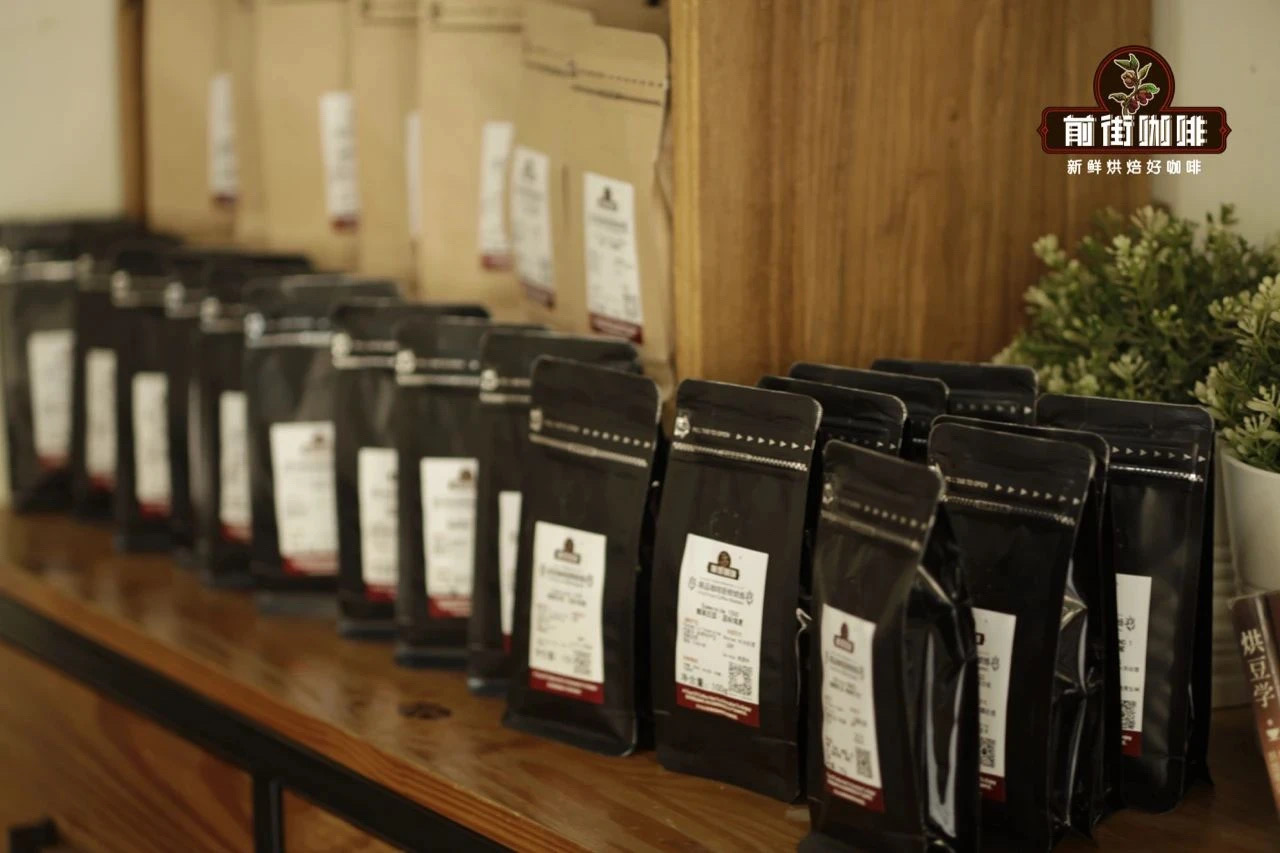
The same brewing method, but the flavor of these two coffees is not quite the same. Queen Manor coffee brewed sweet, clean, semi-sun use will make her acid slightly bright but with sweet knot back to the best, some even have tropical fruit aroma, especially when brewing aroma overflowing, more people like. Sugar cane juice fresh sweet, black tea, soft fruit sweet, obvious nutty flavor, balanced and soft acidity, bitter slightly clean, rich chocolate aroma and nutty flavor, bright and refreshing taste, smooth and delicate taste. The Xilado has a distinct sweet taste in the mouth, with a light lemon aroma, rich nutty flavor, and a distinct dark chocolate flavor in the latter part. The overall feeling is relatively round.
Professional coffee knowledge exchange More coffee bean information Please pay attention to coffee workshop (Weixin Official Accounts cafe_style)
More fine coffee beans, please add private WeChat Qianjie Coffee, WeChat: kaixinguoguo0925
Important Notice :
前街咖啡 FrontStreet Coffee has moved to new addredd:
FrontStreet Coffee Address: 315,Donghua East Road,GuangZhou
Tel:020 38364473
- Prev
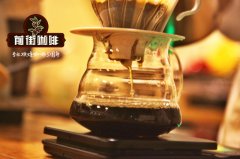
Ecuadorian Starbucks selected Coffee Story Information is Ecuadorian coffee expensive?
For more information on coffee beans, please follow the coffee workshop (Wechat official account cafe_style) Ecuador (Spanish: Repblica del Ecuador) is a country located in northwestern South America, bordering Colombia in the north, Peru in the south, the Pacific Ocean in the west, and Chile as countries in South America that are not adjacent to Brazil.
- Next
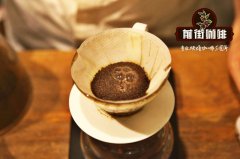
What are the famous coffee brands in Brazil? How does Brazilian coffee brand pilao drink coffee? is it good?
Professional coffee knowledge exchange more coffee bean information please follow the coffee workshop (Wechat official account cafe_style) colleagues see that I am drinking coffee, gave me a bag of Brazilian coffee brand PILAO this kind of thing is very troublesome (he is also a gift from others) XD, I seem to have the impression that occasionally people come to ask how to use this kind of thing, so someone said in this article, "the gift is not good, but it will be."
Related
- Detailed explanation of Jadeite planting Land in Panamanian Jadeite Manor introduction to the grading system of Jadeite competitive bidding, Red bid, Green bid and Rose Summer
- Story of Coffee planting in Brenka region of Costa Rica Stonehenge Manor anaerobic heavy honey treatment of flavor mouth
- What's on the barrel of Blue Mountain Coffee beans?
- Can American coffee also pull flowers? How to use hot American style to pull out a good-looking pattern?
- Can you make a cold extract with coffee beans? What is the right proportion for cold-extracted coffee formula?
- Indonesian PWN Gold Mandrine Coffee Origin Features Flavor How to Chong? Mandolin coffee is American.
- A brief introduction to the flavor characteristics of Brazilian yellow bourbon coffee beans
- What is the effect of different water quality on the flavor of cold-extracted coffee? What kind of water is best for brewing coffee?
- Why do you think of Rose Summer whenever you mention Panamanian coffee?
- Introduction to the characteristics of authentic blue mountain coffee bean producing areas? What is the CIB Coffee Authority in Jamaica?

